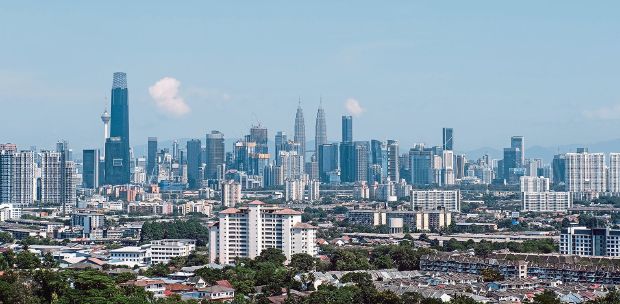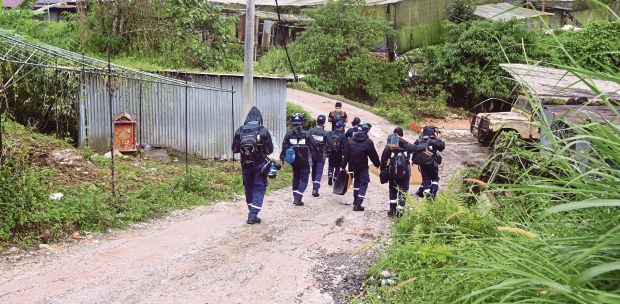CLIMBING trees for a living may not sound glamorous, but it led to the discovery of the world’s first 100m-tall tropical tree in the Danum Valley Conservation area in Sabah early in April.
For such findings to be made possible, Southeast Asia Rainforest Research Partnership (SEARRP) research assistant Jamiluddin Jami, 34, had to undergo training to climb trees.
Fondly known as Unding, the field manager and tree climber for SEARPP is part of a collaborative research team led by University of Nottingham and University of Oxford.
Born to a poor family at a logging camp in Tawau near here, Unding had to quit school when he was 9. As a child, he grew up witnessing tree felling. But now, Unding, is actively involved in rainforest replanting programmes.
He helps plant seedlings to regrow logged forests. This, he said, made him discover the importance of forests.
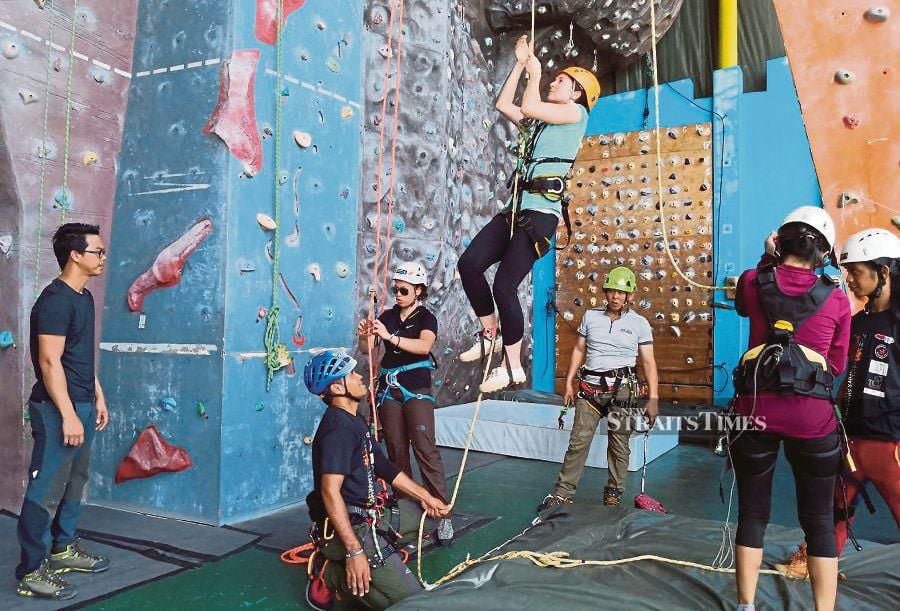
“I was 17 when I started working with Datuk Glen Reynolds (SEARPP director) at Sabah Biodiversity Experiment. Back then, I had zero knowledge, but SEARPP members, such as Philip Ulok and Johnny Larenus, helped me a lot in this line of work. They taught me a lot about forests,” the father of three told the New Sunday Times.
He started climbing trees in 2003 with a friend, Adzley Madran. To date, he has climbed and conducted studies on trees at the Tawau Hills Park, Maliau Basin and Danum Valley.
In 2016, the New Sunday Times reported that the top 50 tallest tropical trees were found in Sabah, with 33 in the Danum Valley, 10 in Tabin, one in Maliau Basin and others in the United Nations Development Programme area.
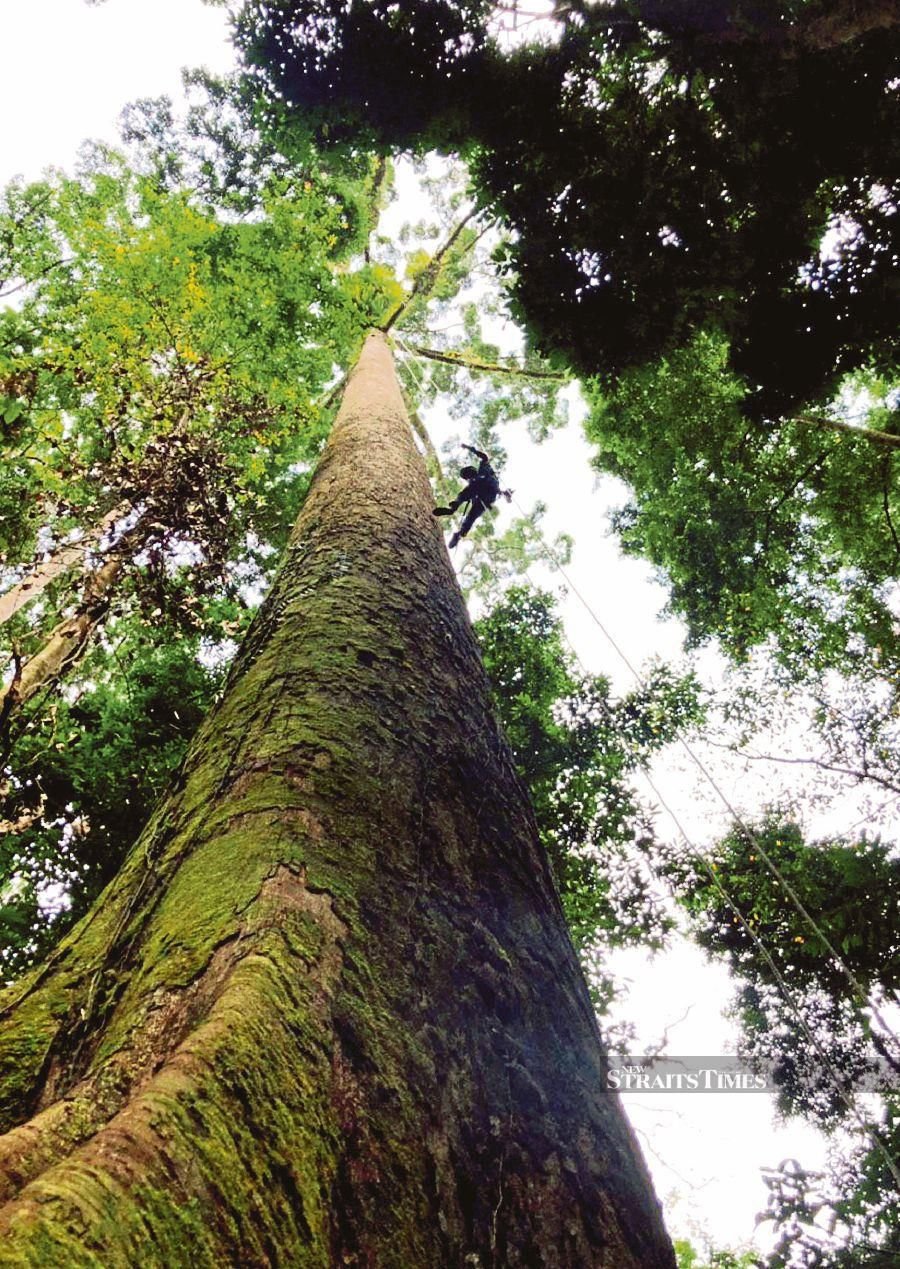
Danum Valley and Maliau Basin forest reserves are under the custody of Yayasan Sabah Foundation, which is the state government’s statutory body.
Unding said despite the special training and equipment provided to measure trees, the job always gave him the shivers.
When the researchers started carrying out their study in the conservation area in January, Unding said he experienced several difficulties to measure the tree dubbed menara, a Malay word for tower.
To measure a tree, also known as rope-walking, Unding said he needed to have a tape measure attached to his harness so that he could measure it while making his way to the top of the tree.
At 80m, he would normally reach the rainforest canopy and could communicate with others only via text messages.
He said climbing trees was not just about conquering the fear of heights, but also other natural elements that could endanger his life.

The harness will put a tree climber in a position where the head position is lower than heart in case the person becomes unconscious while climbing.
If such an incident occurs, the team on the ground has to take the climber down using extra ropes within three minutes to ensure the climber’s survival.
Unding said birds, bees, wasps, centipedes and snakes could pose a danger.
Unding recalled being stung by rainforest bees on a tree, but luckily, he managed to descend to the ground before passing out for 40 minutes in the presence of his colleagues.
“I know this work is dangerous, but if you know what you are doing, you will be fine. You need to study and understand the tree before climbing it.”
Unding said he usually asked for “permission” before climbing a tree.
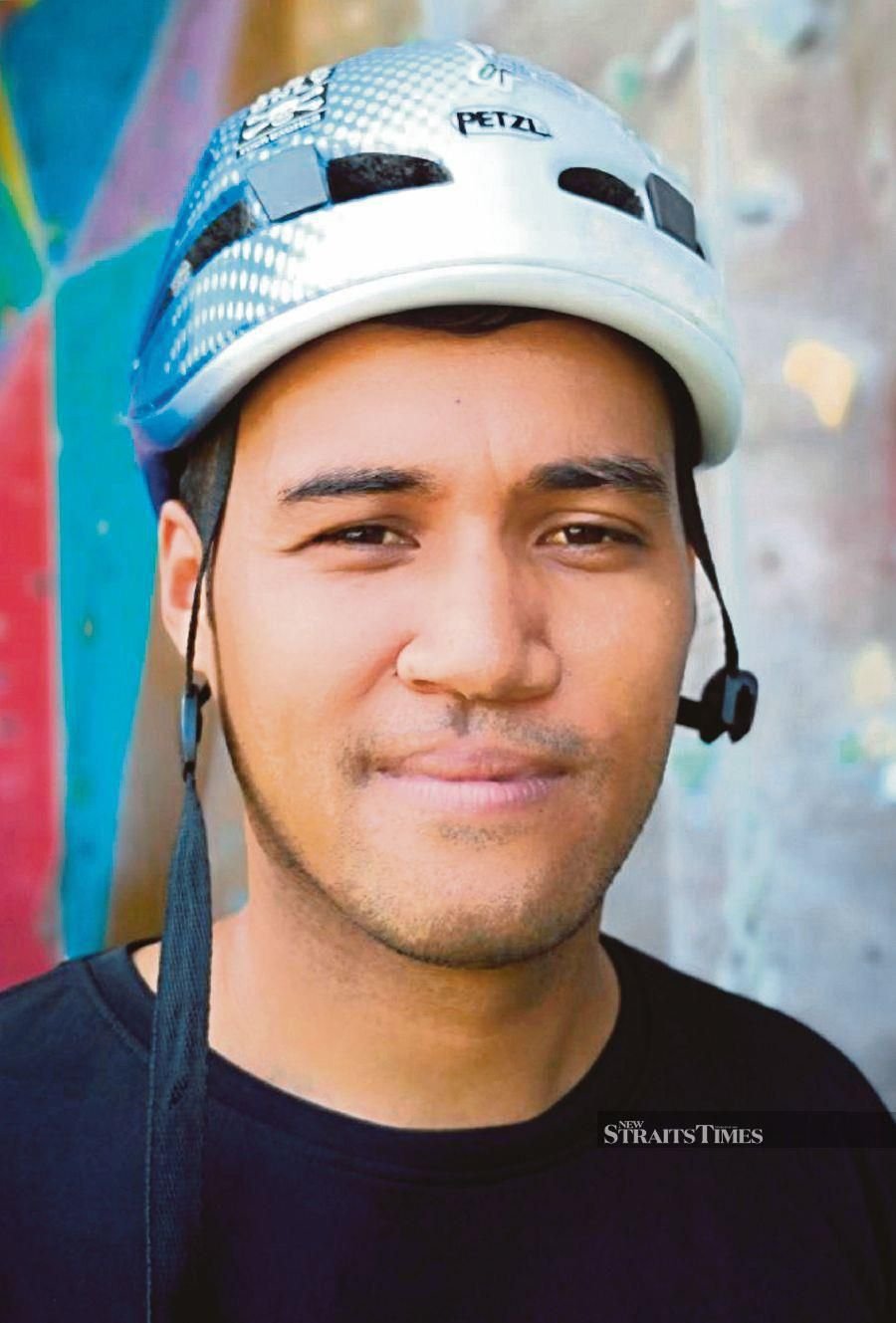
He hoped there would be more people in Sabah qualified as professional climbers in the future.
“I believe there are more trees that are potentially the tallest in Sabah, but they have yet to be discovered,” he said, adding that everyone was responsible for protecting forests for future generations.
For someone who has been climbing trees professionally for more than 10 years, Unding said he did not plan to retire early.
“There are only few professional and certified climbers in Sabah, but we are getting older. There should be new climbers to replace us.”
He said sometimes he helped fell trees, take tourists to tree canopy platforms, as well as assist in the filming of documentaries so that he could get an extra income.
Unding, who co-founded Tree Climbing Community Sabah with his friend, Royston Jaafar, last year, said they would provide courses for those interested in rigging and climbing.
“We provide an opportunity for people to learn such skills locally, instead of going to the United States or the United Kingdom.
“In fact, there are local and foreign researchers who prefer getting certified in Sabah,” he said, adding that tree climbing had been introduced as a fun school activity for children in Western countries.
He hoped the same could be done in Sabah.




